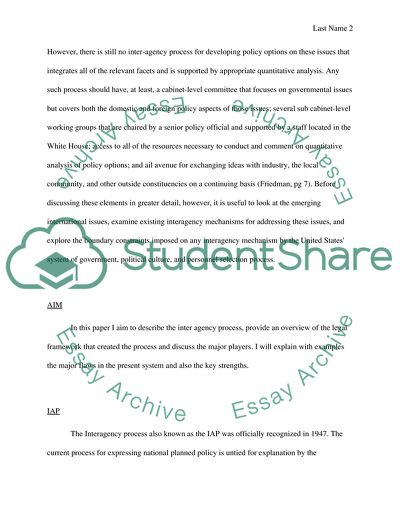Cite this document
(Department of Defense, Security, Transition Assignment, n.d.)
Department of Defense, Security, Transition Assignment. Retrieved from https://studentshare.org/military/1543332-the-interagency-process-national-security
Department of Defense, Security, Transition Assignment. Retrieved from https://studentshare.org/military/1543332-the-interagency-process-national-security
(Department of Defense, Security, Transition Assignment)
Department of Defense, Security, Transition Assignment. https://studentshare.org/military/1543332-the-interagency-process-national-security.
Department of Defense, Security, Transition Assignment. https://studentshare.org/military/1543332-the-interagency-process-national-security.
“Department of Defense, Security, Transition Assignment”, n.d. https://studentshare.org/military/1543332-the-interagency-process-national-security.


